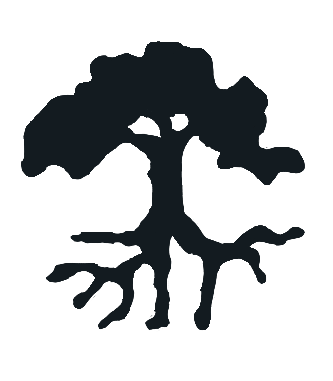July 17, 2014
Blue Arrival
Copyright Bob Osborne
I passed the first fireweed in bloom the other day. For me the progression of the fireweed blossoms is a calendar whose that takes from mid-summer to the cool nights of early fall, when sweaters are needed on the patio at night. It is a constant reminder of summer’s slipping into the future.
In a sense plants are one of the most sensitive calendars we have. This calendar is not the atomic clock kind of accurate. It is a calendar that shows the amount of heat that has accumulated since the world unfroze, in combination with the amount of daily sunshine or photoperiod.
These two things working together create a trigger that makes the flowering times of species and their varieties occur pretty much on the same day every year, give or take a day or two for unusual heat or cold periods. The seeds and fruits will also mature at the same time, give or take.
I am still shocked by the arrival of each species. We know they will appear, but when suddenly the fireweed is glowing brilliantly in the highway medians, I am shocked again.
If you are a fan of blue you will be shocked by the flowers of anchusa, particularly a strain called ‘Lodden Royalties’. Two years ago this plant arrived in my garden and now its deep rich navy blue blossoms bedazzle the viewer. It is a saturated blue softly toned by violet.
In contrast, the geraniums are sky coloured. The older favorite ‘Johnson’s Blue’ is a deep sky blue. Its stems are lax so you might try growing it with an upright grass that can support their stems. The variety ‘Brookside’ has stronger stems, but still with a flowing form. The colour is lighter, the colour of a clear June sky at noon.
True blues are not that common in plants. Most have shades of violet in them. One of the most famous is the Himalayan blue poppy. It is prized for its purity of colour, almost unmatched in the flowers available to us here. It is a plant that has many things that must be present in order for it to grow well. It prefers cool, moist sites, well drained but rich and moist. These are generally grown from seed or from division and perhaps tissue culture, although I do not know of any labs growing them.
A few clematis might make the claim to being blue. ‘Perle d’Azur’ is an older variety that has always been the benchmark of blue. ‘Rhapsody’ is a newer variety with intense blue flowers, and ‘Bluebird’, a spring blooming selection of Clematis macropetala is a true blue.
Superb sources of blue include the Campanulas. There are several species of this group, commonly called blue bells. One of the best species for true blue is Campanula persica. This is a meter high grouping of stalks with tight umbrella shaped bells arranged down the stems. They bloom for a goodly time and are superb for flower arrangements.
Another common and wonderful Campanula is ‘Blue Clips’. These dwarfish plants form a thick wide dome of bell-shaped flowers in a magnificent blue. These are wonderful as a ground cover around perennials such as daylilies. Choosing compatible early varieties of daylily, or lily, in colours such as yellow, white or pink can create a stunning combination. The ‘White Clips’ campanulas are perfect compliments as well.
Another plant that belongs in this esteemed group is the sea holly. This spiky upright plant somewhat resembles a thistle but their skin is a glowing steel blue that can crank up the heart rate of any blue fanatic, or any normal person as well. It is a tough, underrated and underused plant.
Some of the delphiniums are true blue but many vary from lavender to deep purple. The challenge with these plants is to keep them from falling over. Again, planting them with upright stemmed companions can help, or you can bring out the stakes.
Lastly, we should not neglect the hostas. There are powder blue varieties such as ‘Halcyon’ and ‘Blue Wedgewood’ that are the match of any blue spruce.
We seem to crave the colour blue because it is relatively rare in the natural world. We love blue butterflies and blue silk, and there will always be a special status to those flowers that are blue, and they will continue to shock us with their arrival and awe us with their impact on our mood.

